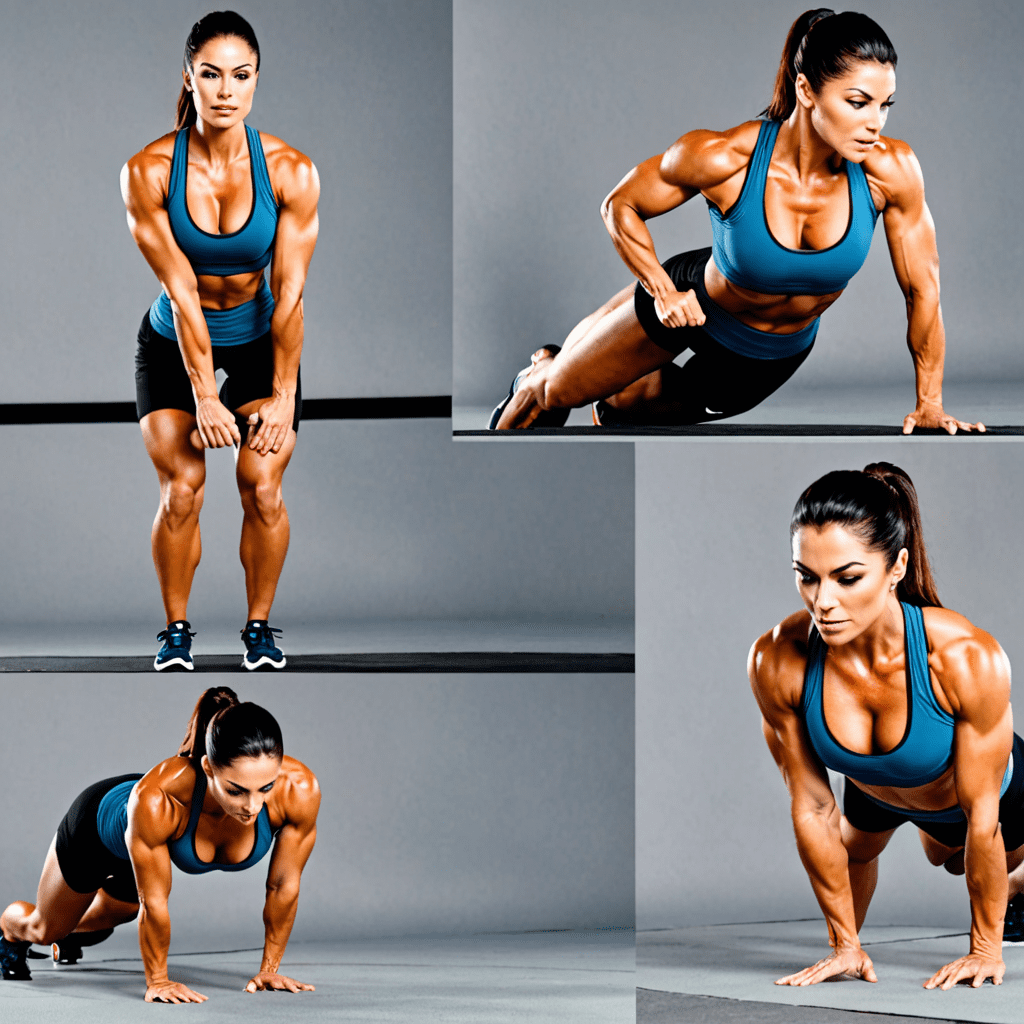
1. Introduction
Maintaining cardiovascular health is crucial for overall well-being. Regular cardiovascular exercises strengthen the heart and lungs, improving circulation and reducing the risk of chronic diseases. However, focusing solely on cardiovascular fitness can lead to muscle imbalances, affecting posture, mobility, and overall health. Incorporating exercises that target multiple muscle groups is essential for achieving greater muscle balance. This article provides a comprehensive guide to cardiovascular exercises that promote muscle balance throughout the body.
2. Importance of Muscle Balance for Cardiovascular Health
Muscle balance is vital for maintaining proper body mechanics, reducing strain on the joints, and improving cardiovascular function. Balanced muscles allow for efficient movement, reduce fatigue during exercise, and enhance posture, which can positively impact cardiovascular health. By strengthening the muscles that support the spine and core, cardiovascular exercises can improve lung capacity and increase blood flow to the heart.
3. Types of Cardiovascular Exercises
Cardiovascular exercises can be categorized into three primary types: upper body, lower body, and core exercises. Each type targets specific muscle groups, contributing to overall muscle balance. Upper body exercises focus on the muscles of the arms, chest, back, and shoulders. Lower body exercises engage the muscles of the legs, hips, and glutes. Core exercises strengthen the abdominal and lower back muscles, providing stability and support for the entire body.
4. Upper Body Cardiovascular Exercises
Upper body cardiovascular exercises include popular activities such as swimming, cycling, and rowing. Swimming is an excellent full-body workout that engages the arms, chest, back, and legs. It is a low-impact exercise that puts minimal stress on the joints. Cycling is another effective upper body cardiovascular exercise that targets the quadriceps, hamstrings, glutes, and core muscles. Rowing is a great way to strengthen the back, shoulders, and arms while providing a full-body workout.
5. Lower Body Cardiovascular Exercises
Lower body cardiovascular exercises focus on strengthening the muscles of the legs, hips, and glutes. These exercises include running, jogging, and stair climbing. Running and jogging are high-impact exercises that engage the quadriceps, hamstrings, calves, and glutes. Stair climbing is a challenging exercise that strengthens the legs, hips, and core while improving cardiovascular fitness.
6. Core Cardiovascular Exercises
Core cardiovascular exercises strengthen the muscles of the abdomen and lower back, providing stability and support for the entire body. These exercises include planks, crunches, and sit-ups. Planks engage the core muscles, lower back, and shoulders, while crunches and sit-ups target the abdominal muscles. Incorporating core exercises into a cardiovascular routine helps improve posture, reduce lower back pain, and enhance overall balance.
7. Warm-up and Cool-down Exercises
Warming up before cardiovascular exercise is crucial for preparing the body for activity and reducing the risk of injury. Warm-up exercises should gradually increase the heart rate and body temperature, such as light cardio or dynamic stretching. Cooling down after exercise is equally important to allow the body to recover and prevent muscle soreness. Cool-down exercises should include static stretching to improve flexibility and reduce muscle tension.
8. Frequency and Duration of Exercise
The frequency and duration of cardiovascular exercise depend on individual fitness level and goals. The American Heart Association recommends at least 150 minutes of moderate-intensity aerobic activity or 75 minutes of vigorous-intensity aerobic activity per week. Moderate-intensity exercise should elevate the heart rate to 50-70% of its maximum, while vigorous-intensity exercise should raise it to 70-85% of its maximum.
9. Monitoring Progress and Adjusting Exercise Routine
Monitoring progress and regularly adjusting the exercise routine is essential for continued improvement. Tracking cardiovascular fitness can be done through heart rate monitors, fitness trackers, or by simply assessing perceived exertion levels. Gradually increasing the intensity, duration, or frequency of exercise over time can help challenge the body and maintain progress. Consulting with a healthcare professional or certified personal trainer can provide personalized guidance and support.
10. Conclusion
Incorporating cardiovascular exercises that promote muscle balance is crucial for maintaining overall cardiovascular health and well-being. By engaging in upper body, lower body, and core exercises, individuals can strengthen multiple muscle groups, improve posture, reduce the risk of injury, and enhance overall fitness. Additionally, warming up before and cooling down after exercise, monitoring progress, and adjusting the exercise routine as needed are essential aspects of a successful cardiovascular exercise program.
FAQ
Q: What is the best type of cardiovascular exercise for overall muscle balance?
A: Incorporating upper body, lower body, and core exercises into a cardiovascular routine provides the most comprehensive approach to muscle balance.
Q: How often should I do cardiovascular exercise for muscle balance?
A: The American Heart Association recommends at least 150 minutes of moderate-intensity aerobic activity or 75 minutes of vigorous-intensity aerobic activity per week.
Q: How long should each cardiovascular exercise session be?
A: The duration of each session depends on intensity level and fitness goals, but typically ranges from 30 to 60 minutes.
Q: How do I know if I'm doing cardiovascular exercise at the right intensity?
A: A good indicator is to monitor your heart rate or perceived exertion level. For moderate-intensity exercise, aim for a heart rate of 50-70% of its maximum or a perceived exertion level of "somewhat hard."
Q: Is it okay to do cardiovascular exercise every day?
A: Rest days are essential for muscle recovery and overall health. Aim for 2-3 days of cardiovascular exercise per week, with rest days in between.


